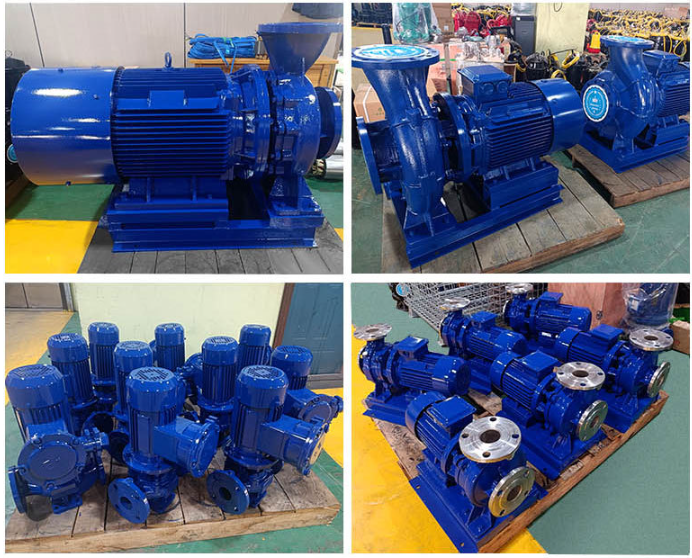Pashto
- Afrikaans
- Albanian
- Amharic
- Arabic
- Armenian
- Azerbaijani
- Basque
- Belarusian
- Bengali
- Bosnian
- Bulgarian
- Catalan
- Cebuano
- Corsican
- Croatian
- Czech
- Danish
- Dutch
- English
- Esperanto
- Estonian
- Finnish
- French
- Frisian
- Galician
- Georgian
- German
- Greek
- Gujarati
- Haitian Creole
- hausa
- hawaiian
- Hebrew
- Hindi
- Miao
- Hungarian
- Icelandic
- igbo
- Indonesian
- irish
- Italian
- Japanese
- Javanese
- Kannada
- kazakh
- Khmer
- Rwandese
- Korean
- Kurdish
- Kyrgyz
- Lao
- Latin
- Latvian
- Lithuanian
- Luxembourgish
- Macedonian
- Malgashi
- Malay
- Malayalam
- Maltese
- Maori
- Marathi
- Mongolian
- Myanmar
- Nepali
- Norwegian
- Norwegian
- Occitan
- Pashto
- Persian
- Polish
- Portuguese
- Punjabi
- Romanian
- Russian
- Samoan
- Scottish Gaelic
- Serbian
- Sesotho
- Shona
- Sindhi
- Sinhala
- Slovak
- Slovenian
- Somali
- Spanish
- Sundanese
- Swahili
- Swedish
- Tagalog
- Tajik
- Tamil
- Tatar
- Telugu
- Thai
- Turkish
- Turkmen
- Ukrainian
- Urdu
- Uighur
- Uzbek
- Vietnamese
- Welsh
- Bantu
- Yiddish
- Yoruba
- Zulu
Telephone: +86 13120555503
Email: frank@cypump.com
Jul . 27, 2024 11:49 Back to list
Exploring the Efficiency and Applications of Mixed Flow Pumps in Modern Fluid Dynamics Systems
Understanding Mixed Flow Pumps An Overview
Mixed flow pumps are an essential category of pump technology, designed for various applications across numerous industries. They possess unique characteristics that make them ideal for specific pumping requirements, blending the principles of both centrifugal and axial flow pumps. Understanding their design, operation, and applications can provide significant insights for engineers, operators, and decision-makers in selecting the right pump for their needs.
Design and Operation
Mixed flow pumps combine features of centrifugal and axial flow pumps. In a typical mixed flow pump, the fluid enters axially at the pump inlet and is then directed by impellers that impart both rotational and axial momentum to the fluid. This dual action allows the pump to handle fluids at higher flow rates while maintaining a relatively moderate head.
The impeller in a mixed flow pump typically consists of inclined blades, which are designed to allow the fluid to move rapidly through the pump. As the impeller rotates, the kinetic energy of the fluid increases, and it is expelled outward toward the diffuser or volute casing. The casing then converts the kinetic energy into pressure energy, allowing the liquid to exit the pump efficiently.
Advantages of Mixed Flow Pumps
One of the primary advantages of mixed flow pumps is their versatility. They can efficiently handle a range of flow rates and are suitable for various fluids, including water, chemicals, and slurries. They are commonly used in applications where high flow rates and moderate head are required, such as irrigation, drainage, and in municipal water supply systems.
Another significant benefit of mixed flow pumps is their relatively compact design
. Compared to traditional centrifugal pumps, mixed flow pumps can be designed to be more space-efficient while still delivering high performance. This makes them particularly useful in situations where space is a constraint, such as in existing facilities or tunnels.mixed flow pumps

Applications of Mixed Flow Pumps
Mixed flow pumps are used in a wide array of applications. In the agricultural sector, they play a vital role in irrigation systems, helping to efficiently move water from sources to crops. In municipal services, these pumps are vital in wastewater treatment plants, where they transport sewage and other effluents. They are also widely used in industrial processes, such as cooling water systems in power plants, chemical processing, and food manufacturing.
Moreover, mixed flow pumps are increasingly being used in renewable energy applications. For instance, they are critical in hydroelectric power plants, where they facilitate water movement through turbines to generate electricity. Their ability to operate efficiently under variable flow conditions makes them well-suited for dynamic scenarios often encountered in environmental engineering.
Considerations in Selecting Mixed Flow Pumps
When selecting a mixed flow pump, several factors must be taken into account. These include the specific application requirements such as flow rate, head requirement, and fluid properties like viscosity and temperature. Moreover, operational efficiency, power consumption, and maintenance needs should also influence the decision-making process.
Another crucial aspect is understanding the pump's material composition, as it should be compatible with the fluid being transferred. Pumps handling corrosive or abrasive materials need specialized materials to ensure longevity and reduce maintenance costs.
Conclusion
Mixed flow pumps serve an essential role in various industrial and municipal applications, offering advantages in both efficiency and versatility. Their unique design allows for a balance between flow rate and head pressure, making them an attractive option for many pumping scenarios. By understanding their functionalities and applications, users can better employ mixed flow pumps to meet their specific operational demands, ultimately contributing to enhanced productivity and sustainability across many sectors.
-
ISG Series Vertical Pipeline Pump - Chi Yuan Pumps Co., LTD.|High Efficiency, Energy Saving, Low Noise
NewsJul.30,2025
-
ISG Series Vertical Pipeline Pump- Chi Yuan Pumps|High Efficiency&Low Noise
NewsJul.30,2025
-
ISG Series Vertical Pipeline Pump-Chi Yuan Pumps Co., LTD.|High Efficiency&Energy Conservation
NewsJul.30,2025
-
ISG Series Vertical Pipeline Pump - Chi Yuan Pumps Co., LTD.|Advanced Hydraulic Design&Energy-Efficient Solutions
NewsJul.30,2025
-
ISG Series Vertical Pipeline Pump - Chi Yuan Pumps Co., LTD.
NewsJul.30,2025
-
ISG Series Vertical Pipeline Pump - Chi Yuan Pumps Co., LTD.|energy-efficient fluid handling&industrial durability
NewsJul.30,2025










